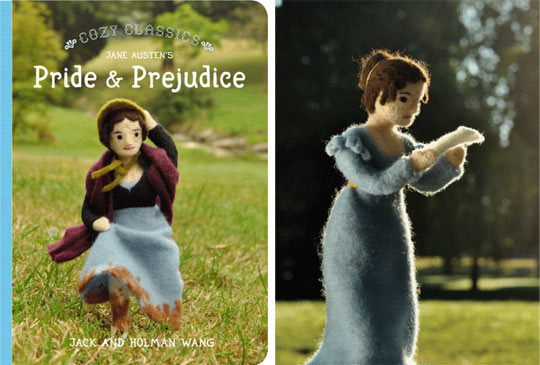Past pronouns
Another trip to the library and I find myself asking again why so many children's books, especially animal books, have male protagonists and even all-male casts. Not just older books, which might claim some cultural immunity from equality, but new books too. Books that should know better. Why? Why, when the bear or the duck (or at least his friends and offsiders) might so easily be female — when changing the gender wouldn't change the plot one bit —are they so often male? Sometimes I change the pronouns as I'm reading, just to mix it up, but soon Olivia will be alive to this editing — she already pulls me up if I vary even one word ("Not 'the' parrot, 'that' parrot!"). And I think, why didn't the author make these edits? Why wasn't it obvious in the writing that someone — in fact an entire gender — was missing? My best guess is that it's unthinking: an unreflective default to an unaccountable bias towards the male as universal. But that doesn't explain its persistence in our time, some fifty years after the male default was found (at long last) to be deficient. Especially now, but even then, why didn't it occur to anyone that books without girls were an imperfect reflection of the world; a world of eerie erasure and ghostly absence, in which boys roam free and alone inherit the earth?
That women are people, and that roughly half the time people are women, seems the most stubborn and yet the most stubbornly controverted fact in human history. That my two-year-old daughter encounters this controversy in books that contain barely thirty words fills me with despair. I should add that as far as I can tell she doesn't notice or care. Her enjoyment is not dimmed by the fact that the poky little puppy, the saggy baggy elephant, and the tawny scrawny lion are all males. But that's what troubles me: she's imbibing this imbalance unconsciously, learning with every story and each hero that it's boys who take up the world's subjective space. I don't want her to grow up taking in a view that leaves her out. So that's why, where I can, I make the little panda she not he, and make Mr Kangaroo a Ms.

